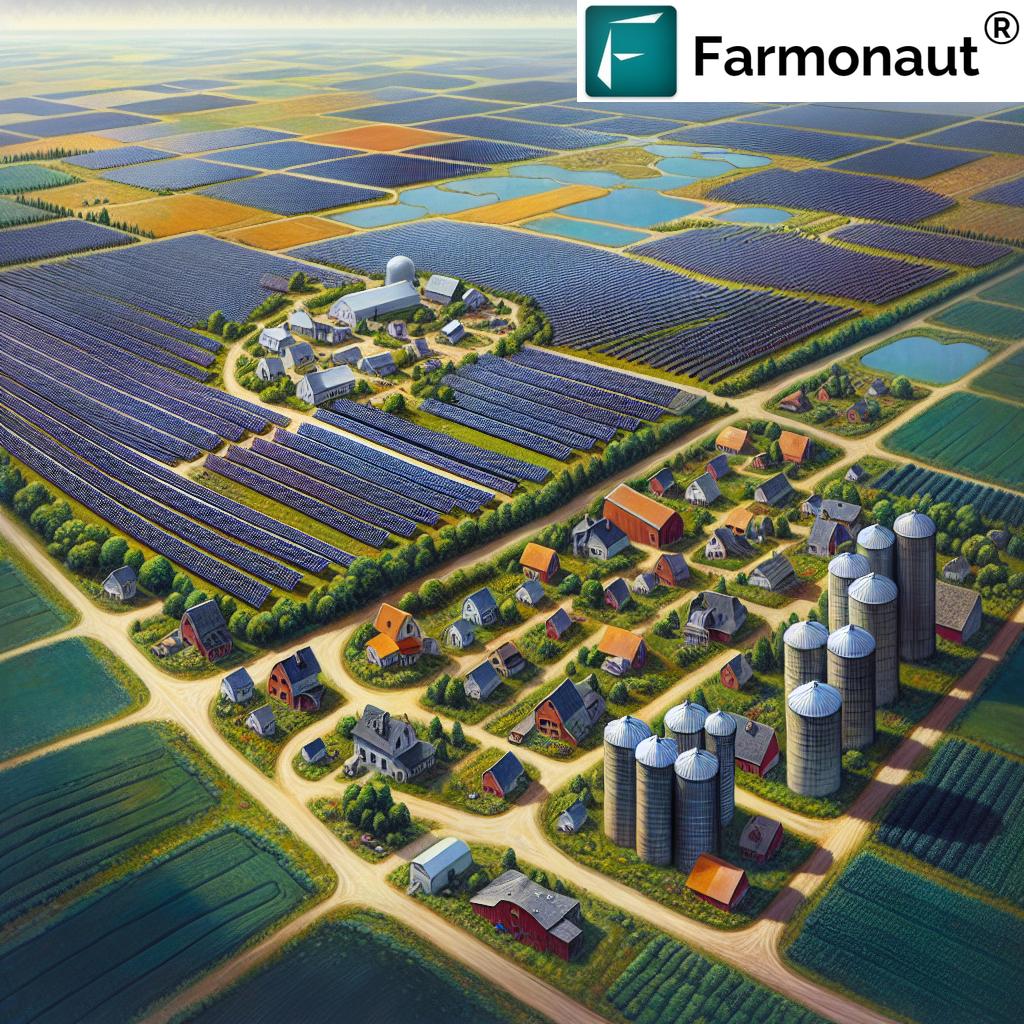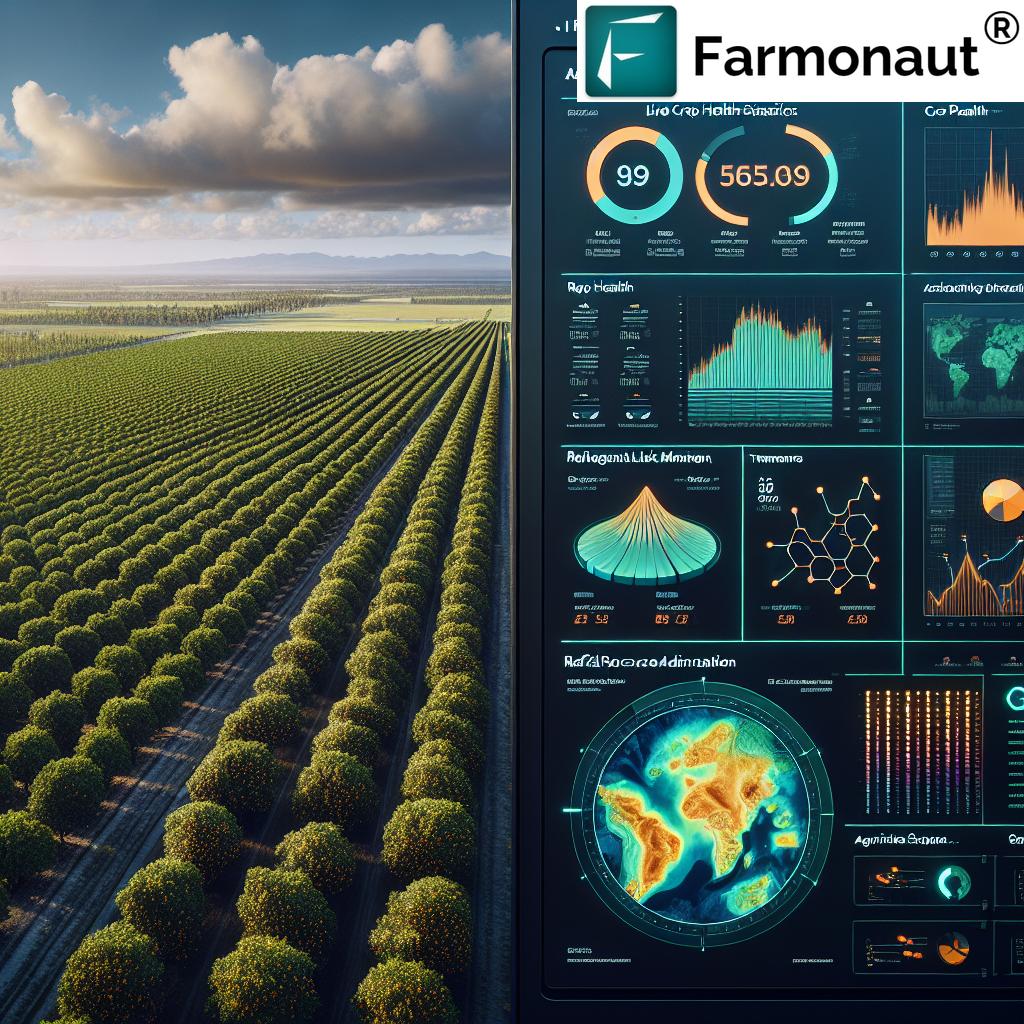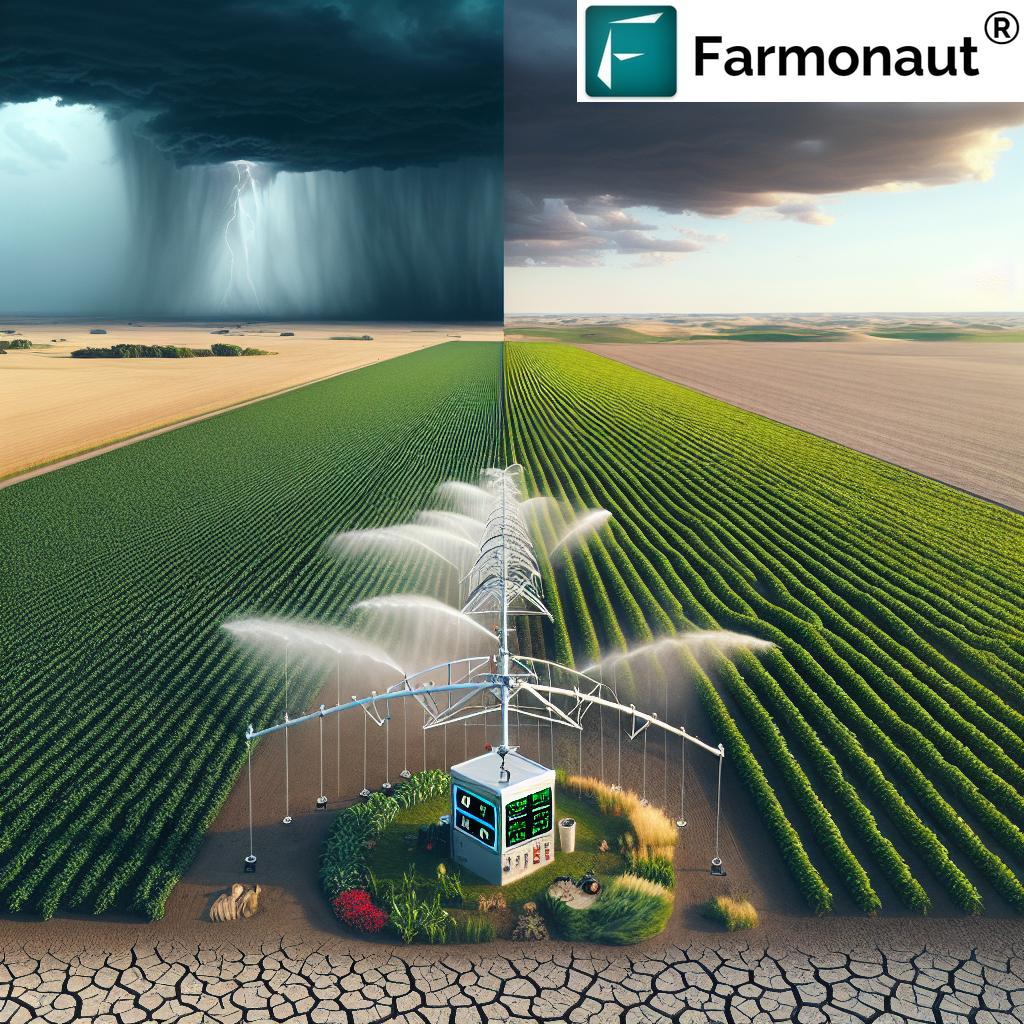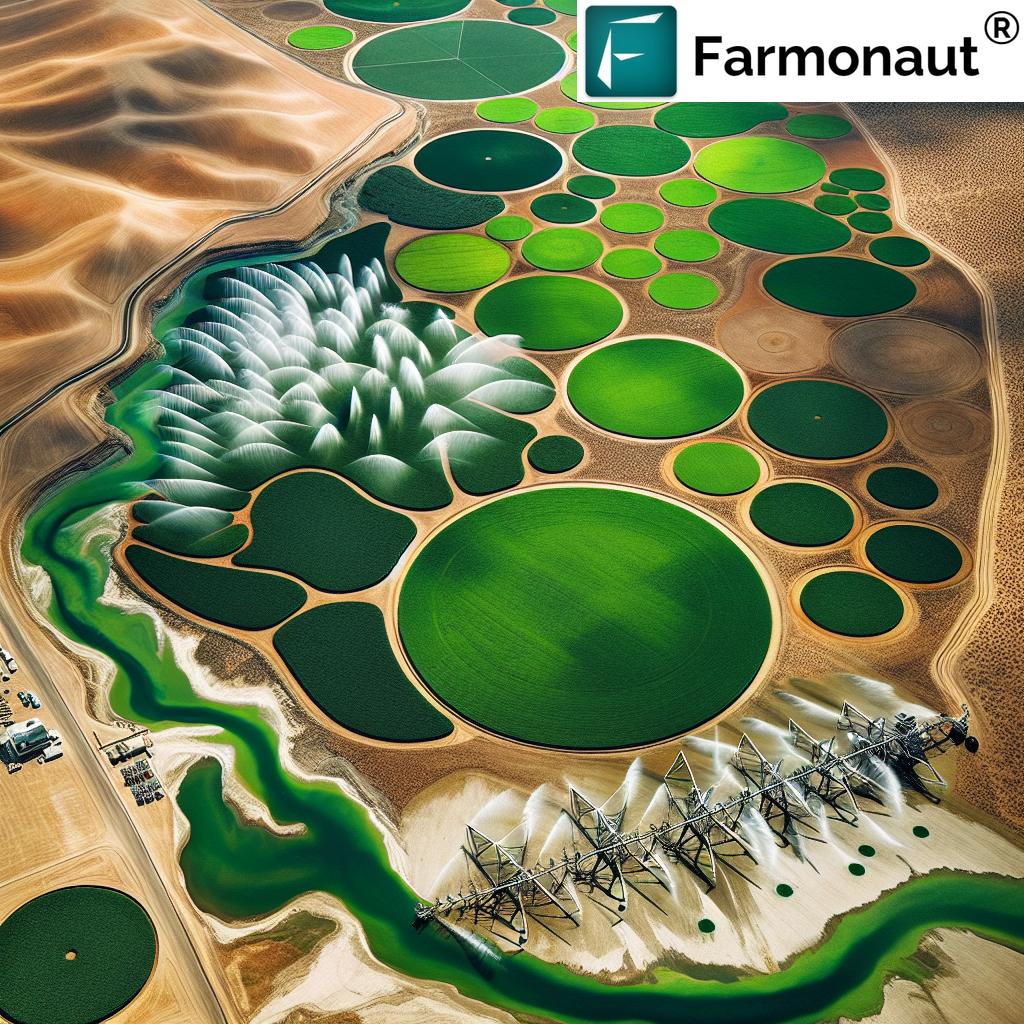Sustainable Chocolate in Miami: How to Enjoy Eco-Friendly Valentine’s Day Treats
As we approach Valentine’s Day, the streets of Miami are adorned with heart-shaped decorations, and supermarkets are stocked with an array of chocolates. However, behind the sweet facade of these treats lies a bitter truth about their environmental impact. In this blog post, we’ll explore the hidden costs of chocolate production and discover how we can make more sustainable choices right here in South Florida.

“Chocolate production contributes to deforestation, with cocoa farming responsible for up to 70% of illegal deforestation in some areas.”
The Environmental Cost of Chocolate
We often indulge in chocolate without considering its carbon footprint. The production of chocolate is a complex process that involves several stages, each contributing to its environmental impact. Let’s break down the key issues:
- Deforestation: Cocoa farming is a leading cause of forest loss in many tropical regions. As demand for chocolate increases, more land is cleared for cocoa plantations, destroying vital ecosystems.
- Carbon Emissions: The chocolate industry is responsible for significant greenhouse gas emissions. From farm to factory, the process of making chocolate releases substantial amounts of CO2 into the atmosphere.
- Soil Degradation: Intensive cocoa farming practices can lead to soil erosion and loss of fertility, making it difficult for farmers to sustain production in the long term.
- Water Contamination: The use of pesticides and fertilizers in cocoa production can lead to the contamination of local water sources, affecting both wildlife and human communities.
These environmental challenges are significant, but they’re not insurmountable. As consumers, we have the power to drive change by making informed choices and supporting sustainable practices.
Sustainable Chocolate Options in Miami
Fortunately for chocolate lovers in Miami, there are several local chocolatiers who are committed to producing sustainable chocolate. These businesses are taking steps to reduce their environmental impact while still creating delicious treats. Let’s explore some of the eco-friendly Valentine’s Day options available in our city.
| Chocolatier | Sustainability Features | Sourcing Practices | Environmental Impact |
|---|---|---|---|
| Ben B Coco (Wynwood) | Organic certification, plastic-free packaging | Direct sourcing from small farms in Peru and Ecuador | Estimated 30% reduction in carbon emissions |
| Exquisito Chocolates | Fair trade certified, solar-powered production | Partnerships with agroforestry cocoa farms | Approximately 2 acres of forest preserved per ton of chocolate |
| Garcia Nevett Chocolatier | Biodegradable packaging, water conservation practices | Sustainable cocoa sourced from Venezuela | Estimated 25% reduction in water usage compared to conventional methods |
| Romanicos Chocolate | Energy-efficient production, local ingredient sourcing | Support for reforestation projects in cocoa-growing regions | Approximately 20% lower carbon footprint than industry average |
These local chocolatiers are not just producing delicious treats; they’re also setting an example for sustainable cocoa farming and production. By choosing their products, we can enjoy our Valentine’s Day chocolates while supporting environmentally responsible practices.
The Role of Technology in Sustainable Chocolate Production
Innovative technologies are playing a crucial role in making chocolate production more sustainable. Companies like Farmonaut are at the forefront of this revolution, offering solutions that can significantly reduce the environmental impact of cocoa farming.
Farmonaut’s satellite-based crop health monitoring system can help cocoa farmers make informed decisions about irrigation, fertilizer usage, and pest management. This technology enables farmers to optimize their yields while minimizing resource wastage, contributing to more sustainable farming practices.
The video above demonstrates how Farmonaut’s technology can help unlock soil organic carbon, a crucial factor in sustainable farming. By leveraging such advanced technologies, cocoa farmers can significantly reduce their environmental impact while improving their yields.
The Impact of Sustainable Chocolate Production
“Sustainable chocolate production can reduce carbon emissions by up to 34% compared to conventional methods.”
When we choose sustainable chocolate options, we’re not just making a small personal choice – we’re contributing to a larger movement that can have significant positive impacts on the environment. Here’s how sustainable chocolate production makes a difference:
- Reduced Deforestation: Sustainable cocoa farming often involves agroforestry techniques, which allow cocoa to be grown alongside other trees. This approach helps preserve existing forests and can even contribute to reforestation efforts.
- Lower Carbon Emissions: By optimizing farming practices and reducing the need for chemical inputs, sustainable chocolate production can significantly lower greenhouse gas emissions.
- Improved Soil Health: Sustainable farming practices focus on maintaining soil health, which not only improves cocoa yields but also enhances the soil’s ability to sequester carbon.
- Water Conservation: Many sustainable chocolate producers implement water-saving techniques, reducing the strain on local water resources.
To further understand how technology is revolutionizing sustainable agriculture, let’s take a look at how Farmonaut’s satellite technology is changing land use in agriculture:
This video showcases how satellite technology can help farmers make more informed decisions about land use, which is crucial for sustainable cocoa production. By optimizing land use, we can reduce the pressure to clear new land for cocoa farming, thus preserving valuable forests.
How to Choose Sustainable Chocolate
As conscious consumers in Miami, we have the power to support sustainable chocolate production through our purchasing decisions. Here are some tips to help you choose eco-friendly chocolate this Valentine’s Day:
- Look for Certifications: Choose chocolates with fair trade, organic, or Rainforest Alliance certifications. These labels indicate that the chocolate was produced using sustainable practices.
- Check the Cocoa Percentage: Higher cocoa percentages often mean less sugar and fewer additives, which can translate to a lower environmental impact.
- Investigate the Brand: Research the chocolate company’s sustainability practices. Many brands now provide information about their sourcing and production methods on their websites.
- Choose Local: Supporting local Miami chocolatiers like those mentioned earlier can reduce transportation emissions and support our local economy.
- Opt for Minimal Packaging: Choose chocolates with minimal or eco-friendly packaging to reduce waste.
By following these guidelines, we can enjoy our Valentine’s Day treats while minimizing our environmental impact.

The Future of Sustainable Chocolate
The chocolate industry is at a crossroads, and the future of cocoa production will depend on our ability to embrace sustainable practices. Innovative technologies and data-driven approaches are paving the way for a more environmentally friendly chocolate industry.
Farmonaut’s AI-driven solutions are an excellent example of how technology can contribute to sustainable agriculture. Their Jeevn AI Advisory System provides real-time insights and expert crop management strategies, helping farmers make more sustainable choices.
To learn more about how AI is revolutionizing agriculture, including cocoa farming, watch this insightful video:
As we look to the future, it’s clear that sustainable chocolate production will rely heavily on innovative technologies and data-driven approaches. By supporting companies that embrace these sustainable practices, we can help shape a more environmentally friendly chocolate industry.
The Role of Consumers in Promoting Sustainable Chocolate
As consumers, our choices have a significant impact on the chocolate industry. By opting for sustainable chocolate options, we send a clear message to producers that we value environmentally responsible practices. Here are some ways we can make a difference:
- Educate Ourselves: Learn about the environmental impact of chocolate production and the benefits of sustainable practices.
- Spread Awareness: Share information about sustainable chocolate options with friends and family, especially during holidays like Valentine’s Day.
- Support Local Initiatives: Participate in local events or workshops that promote sustainable chocolate production and consumption.
- Provide Feedback: Let chocolate companies know that sustainability is important to you as a consumer.
By taking these steps, we can contribute to a more sustainable chocolate industry and enjoy our favorite treats with a clear conscience.
Sustainable Chocolate: A Sweet Solution for the Environment
As we’ve explored in this blog post, the chocolate industry faces significant environmental challenges. However, by choosing sustainable chocolate options, we can enjoy our favorite treats while supporting practices that protect our planet. This Valentine’s Day, let’s make a conscious choice to opt for eco-friendly chocolates that not only satisfy our sweet tooth but also contribute to a healthier environment.
Remember, every time we choose a sustainable chocolate option, we’re voting for a more environmentally friendly future. So this Valentine’s Day, let’s show some love not just to our special someone, but also to our planet.
FAQs about Sustainable Chocolate
- What makes chocolate sustainable?
Sustainable chocolate is produced using practices that minimize environmental impact, such as agroforestry, organic farming, and fair trade practices. - How can I identify sustainable chocolate?
Look for certifications like Fair Trade, Rainforest Alliance, or USDA Organic. Also, research the brand’s sustainability practices. - Does sustainable chocolate taste different?
Not necessarily. Many sustainable chocolates are of high quality and have excellent flavor profiles. - Is sustainable chocolate more expensive?
It can be slightly more expensive due to the additional costs associated with sustainable practices, but prices are becoming more competitive as demand increases. - How does choosing sustainable chocolate help the environment?
It supports practices that reduce deforestation, lower carbon emissions, and promote biodiversity.
Earn With Farmonaut: Affiliate Program
Earn 20% recurring commission with Farmonaut’s affiliate program by sharing your promo code and helping farmers save 10%. Onboard 10 Elite farmers monthly to earn a minimum of $148,000 annually—start now and grow your income!
Farmonaut Subscriptions
For more information about Farmonaut’s services, including their API and developer documentation, visit:
By leveraging technology and making informed choices, we can all contribute to a more sustainable future for chocolate production and consumption. This Valentine’s Day, let’s choose chocolates that are not only sweet for our taste buds but also kind to our planet.




















